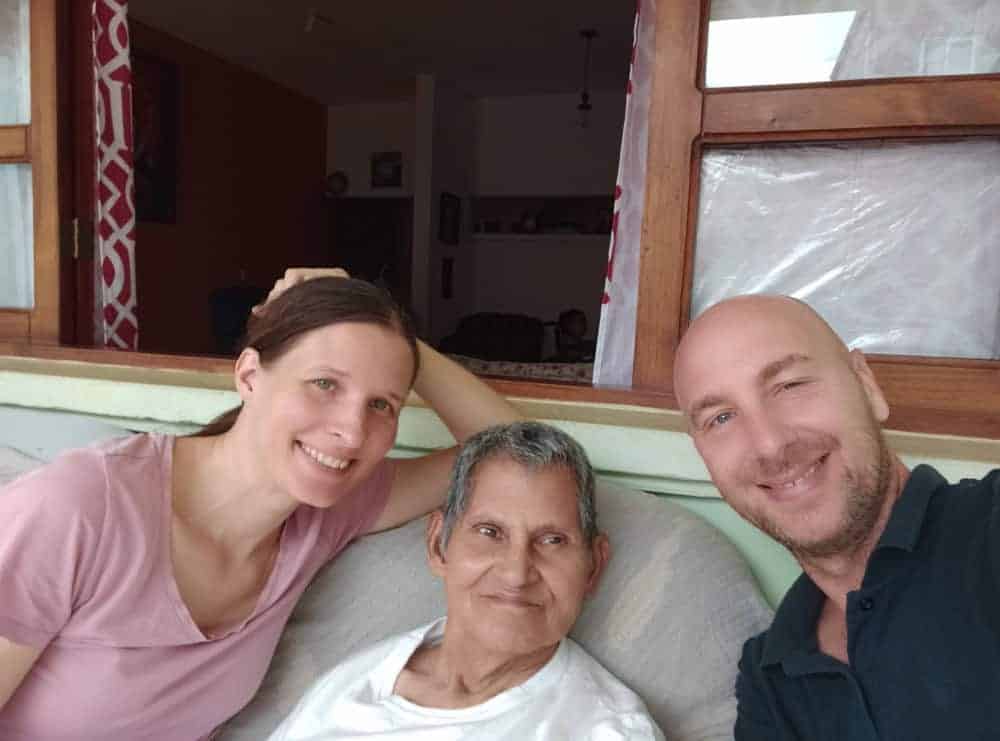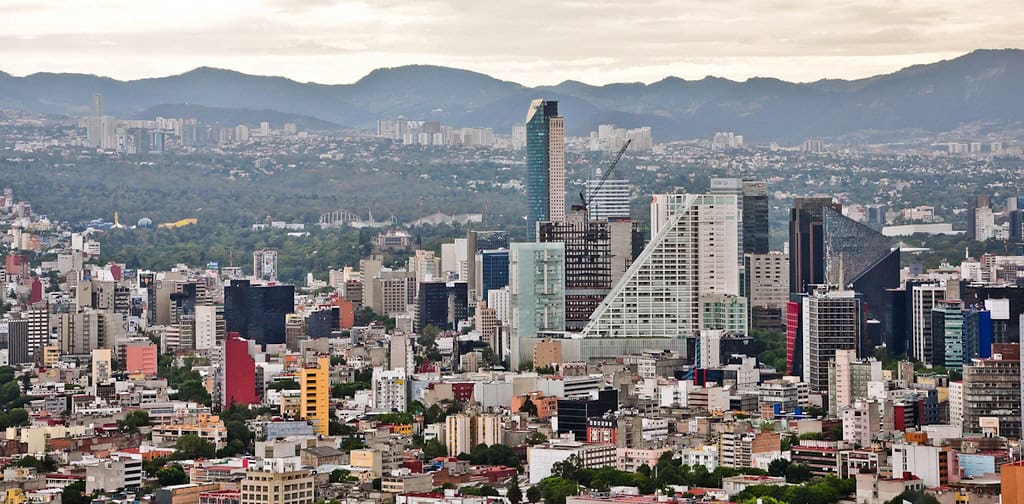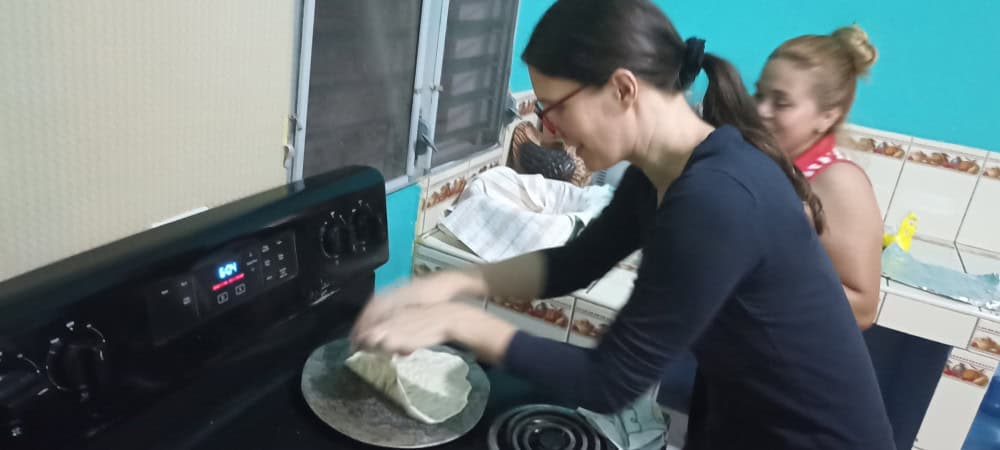Together with Yanda, an Indonesian Claretian who studies in Lima and lives with other students in the Claretian monastery, we went to the travel agency to buy the tickets for Satipo.
For such a demanding journey, we didn’t want to leave anything to chance. The Claretians advised us to choose a bus of high quality. The road to Satipo lasts 12 hours, runs over cliffs, passes, precipices and mountains and reaches the height of 4,000 meters, as the bus crosses the Andes.
First seats
We were pleased when we booked the first two seats on the second deck of the bus. According to our experience, this is the best place for our long European legs.
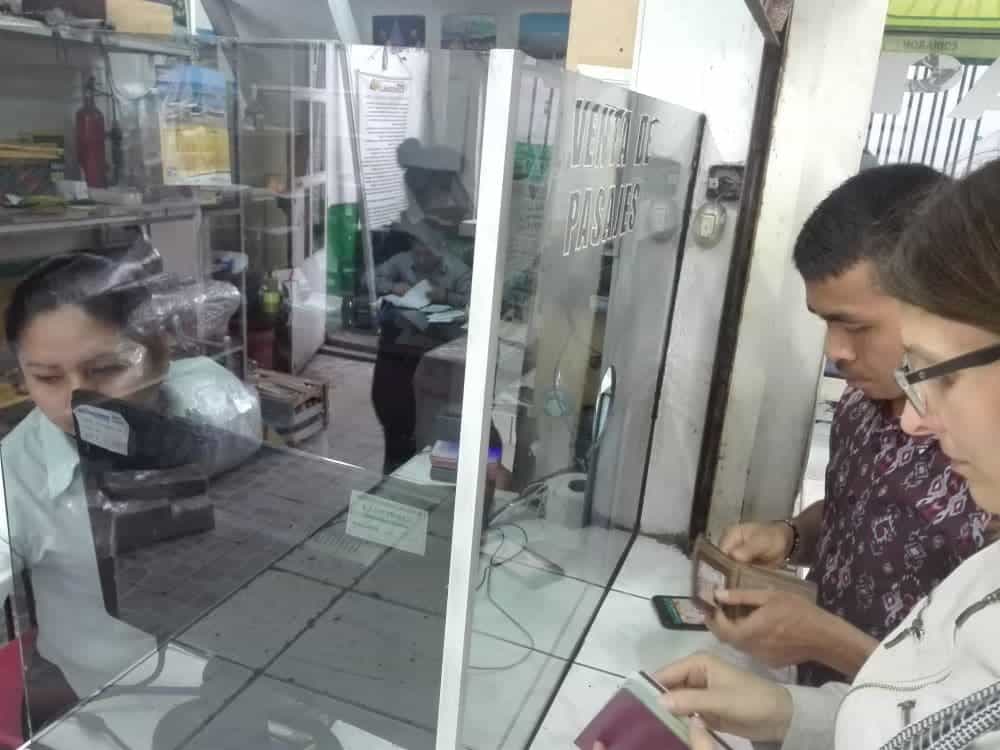
“Are you crazy?” said Joseph and put his hands on his head as we returned to the monastery. “If something should happen, you’ll be the first ones to go.”
Well, yes, if our time should come on that bus, then so be it, we agreed and joked about it. At that time, we truly realized that the road was dangerous; bus accidents happen, and not so rarely.
Across the Andes
We were ready. Before we sat on the bus, we each took a sorojchi pill to help control the pressure and prevent altitude sickness. We were recommended to do so by experienced travelers.
Actually, we thought it would be more strenuous than it really was. The best thing that can happen to you on a journey like that is falling asleep. And so we did somewhere in the middle of the giant ascent.

Nonetheless, we occasionally awakened, in a kind of dizziness and a slight vertigo, just so we could drink some water, which proved to be an extremely effective pressure suppressant.
We drove at night, so we didn’t see very well where we were driving. When I woke up a couple of times, I remember seeing only the dark rocks on both sides of the road, sharp turns and ice on the window of the bus.
Looking for a jeep
When we got off the bus in Satipo, we were quite tired despite sleeping. You never really rest when you drive.
When we exited the bus, we were “attacked” by the agents who organize driving to Atalaya.
“Atalaya, Atalaya, Atalaya!” they yelled at the bus and pushed their wooden trolleys before us to drive our luggage to their jeeps.
We were confused. We weren’t warned about that. Also Alejandro didn’t recommend any specific agency with which it would be advisable to travel.
But we knew that there was an even harder and more difficult road ahead of us than the one to Satipo. We knew that we would be riding through the forests, eight hours on a macadam road with holes, over the roots and stones, in mud, we would cross rivers and streams, so we wanted to check in what kind of vehicle we would be driving.
We followed a lady who seemed the most convincing and experienced. She took us to the garage, where there were several Toyota trucks.
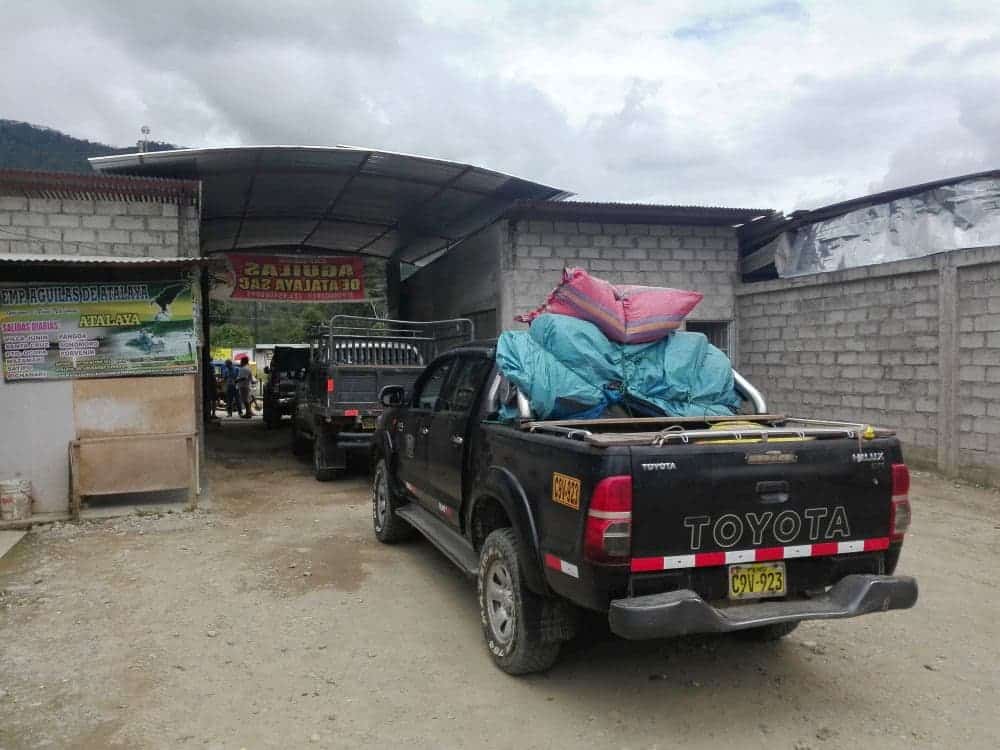
We checked them quickly. We were satisfied so we agreed on the price, and let them load our backpacks.
The road to Atalaya
As I look back now, I would describe the road as follows:
The first two hours you are fascinated by how it is possible that the road to Atalaya is not asphalted or at least roughly managed, with regard to all the traffic that runs on it.

I’m talking about trucks, other jeeps, motorcycles… It’s the only land route to Atalaya. Somehow you accept the situation, the body puts up quite well with tossing, quick braking and constant encounters with other vehicles.
For the next three hours you admire the nature. It’s beautiful. Greenery is all around, tropical trees and plants you’ve never seen before. From the heights you observe the rivers and occasionally see a native or an Indian family in traditional clothes and with a knitted basket on the shoulders that goes hunting and gathering fruit, tapiocas, vegetables.
On the edge
Then you get over the romantic view. The constant rocking of the jeep, driving through the forest recesses and tossing wear you down. The road is often narrow, and the encounters with vehicles are becoming more and more tight and dangerous.

For the last two hours, you only pray for the drive to be over soon and Promise that you will never drive back on such a road.
Tired driver
The driver was friendly and helpful. Even before our departure he loaded big sacks of rice and our luggage. He seemed tired. We noticed at the beginning of the trip that he was sleepy. Not only that he yawned but he also shook his head to stay awake.
“Oh, dear,” we thought. If that’s how he feels after an one-hour drive, what would be next.
The accident
It happened somewhere in the middle of the journey. Our driver was approaching a turn and was driving in the middle of the road while a Toyota jeep was approaching from the opposite direction. There wasn’t enough time for him to move aside.
I only heard the screaming of the tires and Silva’s scream, felt the hit and how our car was tossed on the other side. Memories from Odessa woke up.

A child’s cry was heard from the other car. There were five of us in our jeep, driver, co-driver and three adults who were sitting in the back. Luckily nobody was hurt, I got only a small scratch on my hand, as the jeep hit the part of the car where I sat. I was lucky because the jeep didn’t hit the door directly but the frame behind it.
Without two tires
The family in the neighboring car also wasn’t harmed, but the front of their car was badly damaged. Our jeep was also bumped, and the back two tires burst.
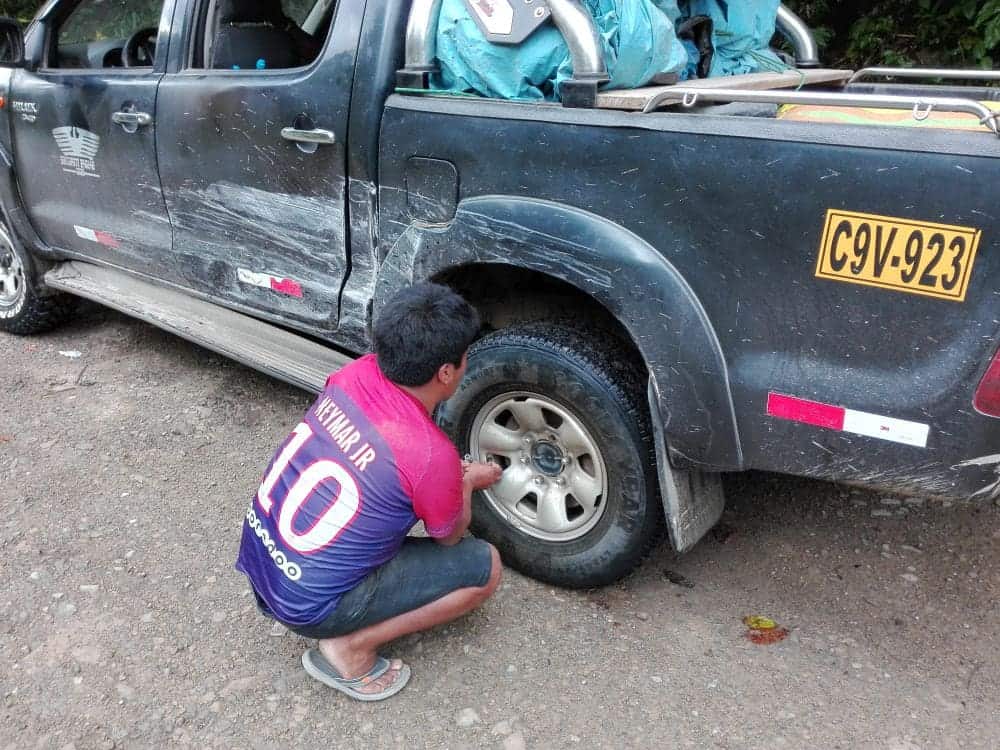
After an hour and a half of an unscheduled stop, after the drivers were disputing, who was to blame and what the other one should do, we replaced the spare tire and we were lucky enough to borrow another tire from Toyota jeep that came after us.
In Atalaya
We arrived in Atalaya almost three hours late. We were exhausted, but surprised at how beautiful the place was.
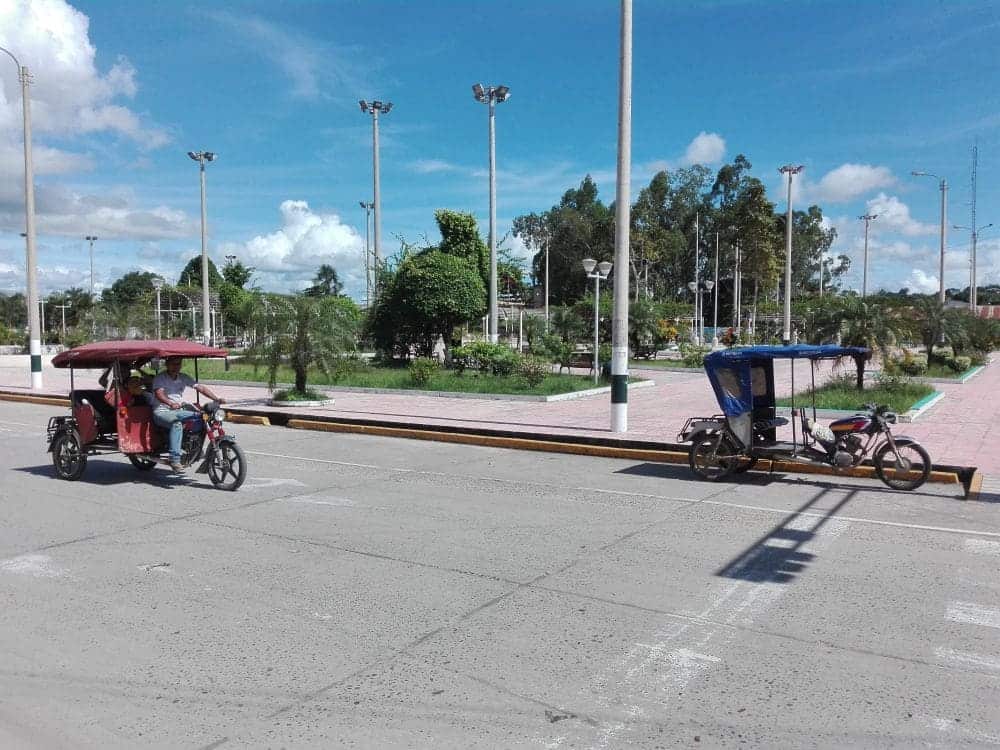
I would never have thought that such a bumpy, unmaintained, mountainous road could lead to such an attractive city, with asphalt, shops, restaurants, a park, even its own library.
Alejandro was worried about us. He knew when we left Satipo and about when we should have arrived at the mission. When we told him about the accident, he wasn’t surprised at all:
“Horrible, but unfortunately something quite ordinary. Welcome to the forgotten Atalaya!”
In the next post, I will write more about this town, about the missionaries who live here and about the paths leading directly from Atalaya to the Amazon rainforest, where the missionaries visit remote Indian tribes by boats or they walk to these remote places.
These people live with nature, but the nature is truncated, the rivers are polluted with mercury, left behind by Peruvian goldsmiths. The state neglects them and trades with them for the land on which they live.
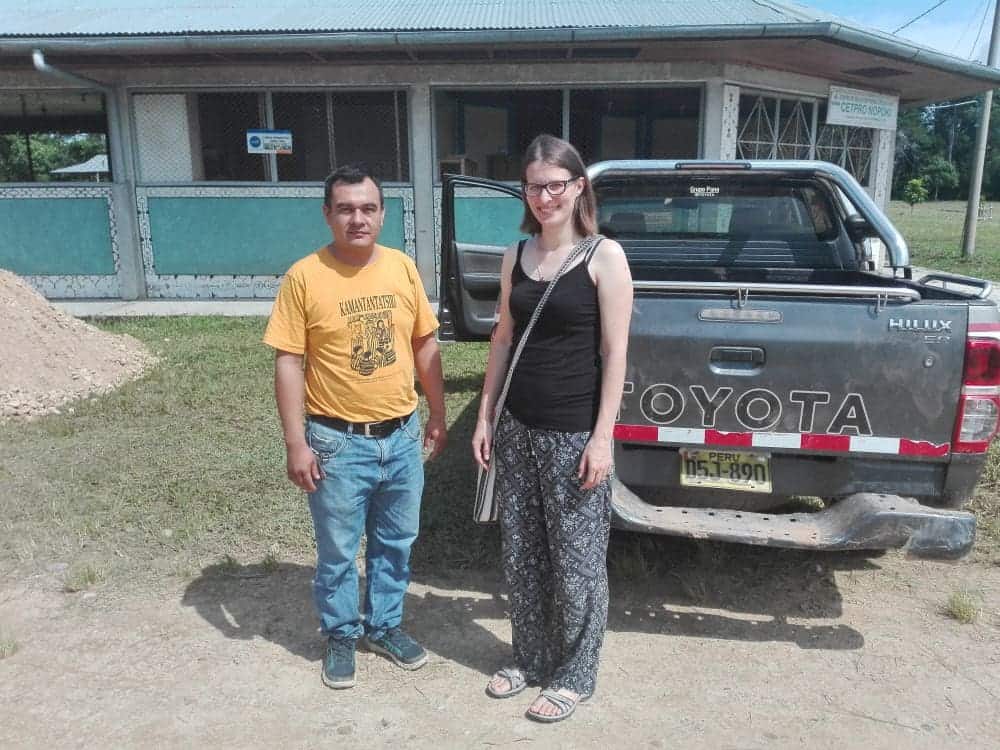
In indigenous communities, they don’t have medications, so they die of dengue, malaria, various other infections and diseases.
Operando – God works right now!
